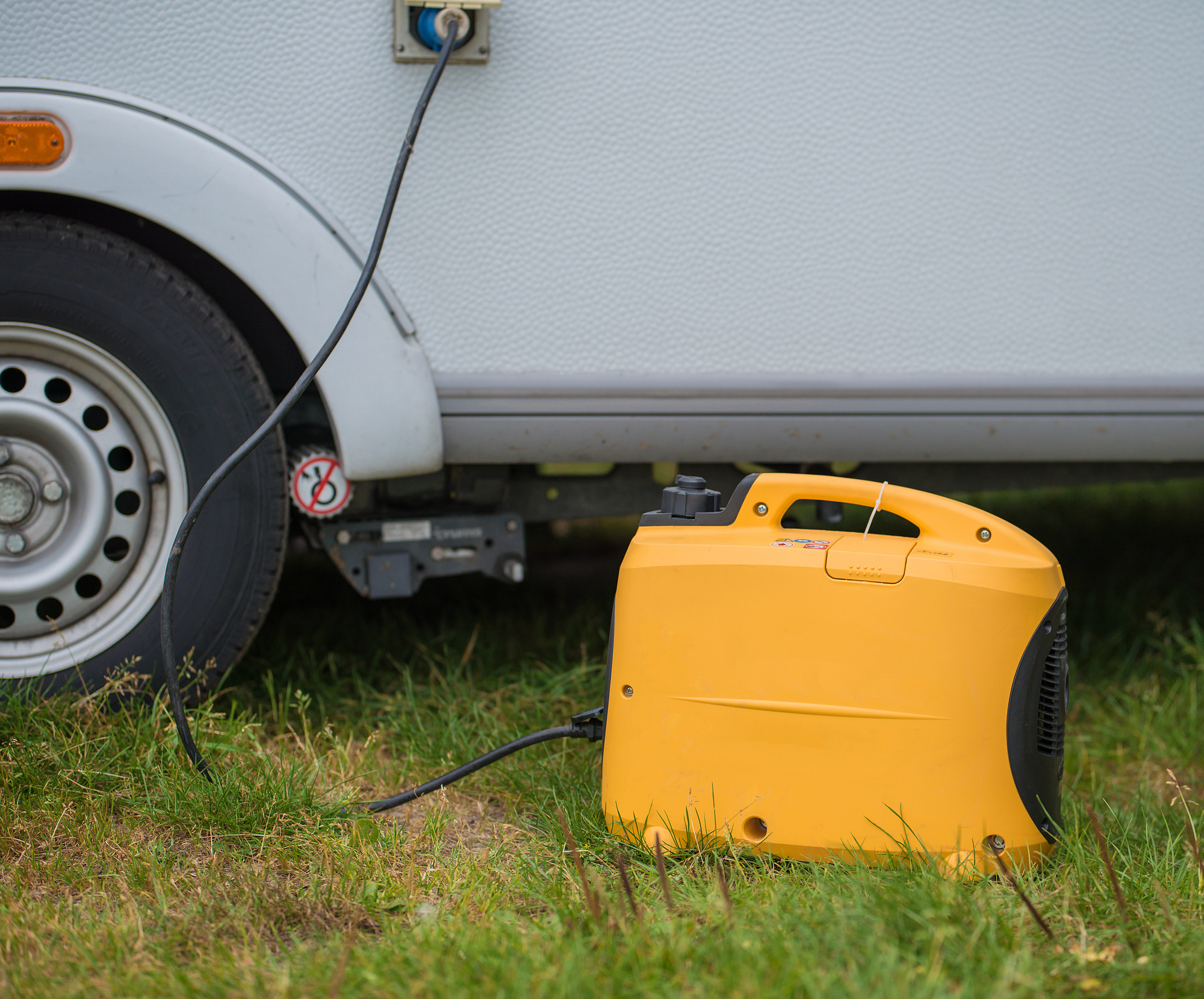Ah, the beauty of owning an RV. If you love the recreational vehicle life, you need to understand how to get the most out of it.
One of the best things you can do is make driving and owning an RV as safe as possible. When you have a generator, it allows you to power it up if it happens to die out for any reason. This also means that you must know what these generators do, how they can help you, and how you can get the most out of them.
Read on to learn how to start RV generator and how it can help you out.
How to Start RV Generator the Right Way
First and foremost, you have to place your RV generator on level ground. This is a fixture that is filled with gasoline, so the last thing you want to do is tip it over or allow it to get imbalanced.
Be mindful of the temperature as well. When it’s cold outside, usually 40 degrees or lower, you’ll need to make certain that the generator is situated in the winter position. From there, flip the power switch to your generator and let it sit for a while.
Consult the instruction manual to see how long you have to allow it to sit. In most cases, you will need for the generator to sit tight for at least a whole minute before you decide to use it. After the correct amount of time has passed, you will need to hook it up to the power panel.
If you happen to have an older generator or a different model, you might need to access the ripcord to start it up. With this in mind, make sure that you get plenty of torque behind the pull.
Properly using one of these generators will help you reap the benefits of owning an RV and everything that comes with it.
Run Down a List When Your RV Won’t Start
Whenever your RV doesn’t start, there’s typically a good reason for it. The more that you know about these instances, the easier it’ll be for you to address them.
To learn more about RV generator troubleshooting and maintenance, read on here:
1. Check the Fuel
Don’t overlook the little things. Sometimes a thing as small, yet crucially important as fuel can get overlooked.
Check your gasoline reservoir to make sure that it has enough to start up without a problem. If you are using the generator on a regular basis, you’ll definitely want to check the fuel levels periodically. This will let you know if you’re filled up or if you need to stock up.
Keep a few extra canisters of fuel available so that you can fill it up whenever you’re running low.
Fuel levels aside, you should also make sure that you look into the quality of the fuel. If the fuel is old and dingy, this can be more harmful to your generator than helpful. Don’t be afraid to drain and refill the reservoir if this is the case.
2. Make Sure the Battery is in Good Condition
While the gasoline is important, so much of the functionality and ability of your generator hinges upon the life and quality of the battery. If it isn’t starting, you might very well be dealing with some battery issues.
If this is the case, hook up a meter to the battery so that you can get an accurate readout. This will let you know whether you need to change the battery out, or perhaps get it recharged.
3. Look Into the Oil Levels
Your generator also has mechanisms in place that keep it from running into the ground if it doesn’t have quality oil. The oil in your generator keeps it running in tip-top shape by providing lubrication.
Anytime these oil levels get too low you will have sub-optimal generator performance. You should also be certain that you are using the right type of oil for your generator. Consult the owner’s manual and look into the correct viscosity for your generator.
4. Inspect the Parts
There’s always a possibility that other moving parts can be acting up. If you’re not well versed in the way that generators work, take it to a repair contractor instead.
They will inspect all of the critical parts and help you swap them out and get your generator back ASAP.
5. Push the Primer a Few Times
Sometimes all you need to do is push the primer a few times before the generator will start. Think of this similar to the button on the side of your lawnmower.
Pushing this primer button gives the equipment a bit more juice so that it can start up effortlessly.
6. Turn the Generator On and Off
Do a quick reset of your generator if it won’t start. Turn the power button off and give it a few minutes before turning it back on again.
This reset gives your generator enough time for the residual electrical energy to discharge so that you can get a fresh and more powerful start.
Get the Most From Your RV Generator
Knowing how to start RV generator will help you out. If you love the RV life, you have to have a quality generator to bring with you on the road.
Don’t hesitate to reach out to RV generator pros that can assist you whenever you need repairs and troubleshooting.
Use these tips and check back to learn more about the RV lifestyle and so much more.

